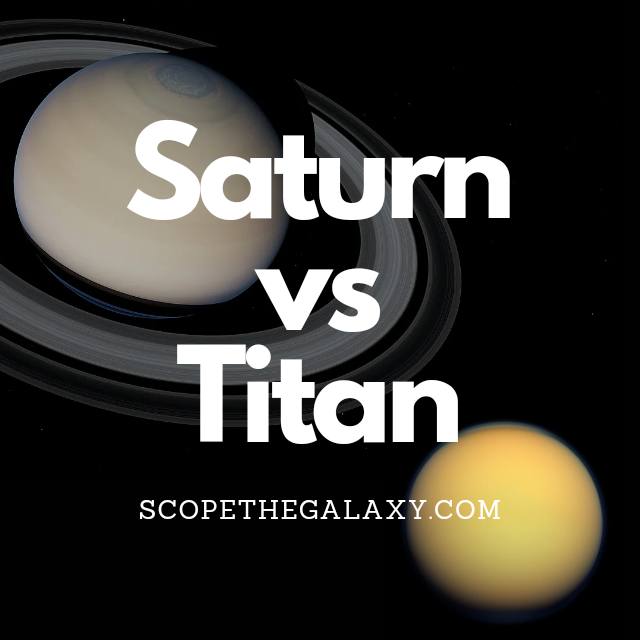Saturn vs Titan (How Are They Different?)
The main differences between Saturn and Titan are that Saturn is the gas giant that Titan orbits whilst Titan is Saturn’s biggest moon and the second biggest in our solar system. Their general composition is very different where Titan has a water cycle similar to Earth whereas Saturn is a gas giant comprised mostly of … Read more










